Creating a lush and welcoming garden doesn’t have to conflict with the needs of your HVAC (Heating, Ventilation, and Air Conditioning) system. In fact, with thoughtful planning and design, your outdoor space can thrive in harmony with your HVAC setup—enhancing the beauty of your home while supporting clean, efficient air circulation.
This article explores the best HVAC-friendly gardening layouts that prioritize airflow, system performance, and long-term maintenance. Whether you’re redesigning your yard or building a new garden from scratch, these layout ideas will help you optimize both your greenery and your HVAC system’s health.
Why HVAC-Friendly Gardening Matters
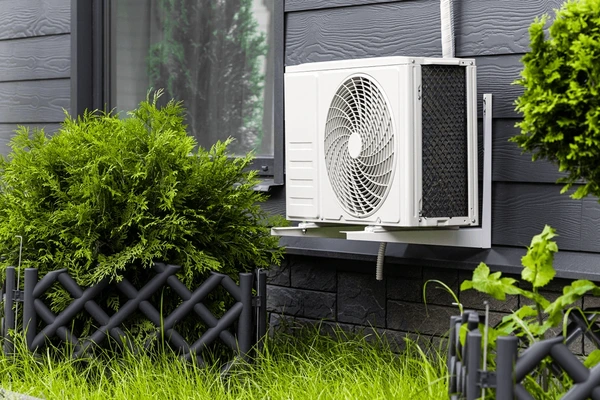
Before getting into design ideas, it’s essential to understand the relationship between garden layout and HVAC functionality.
HVAC outdoor units, particularly condensers and heat pumps, require a steady flow of air to dissipate heat and operate efficiently. When plants, fences, or decor block this airflow:
- The system works harder, increasing energy usage.
- Cooling or heating efficiency drops.
- Maintenance becomes difficult and expensive.
- The lifespan of the unit may shorten.
By integrating HVAC considerations into your garden layout, you can reduce these issues and support cleaner, uninterrupted air circulation year-round.
1. The Clearance Zone Layout
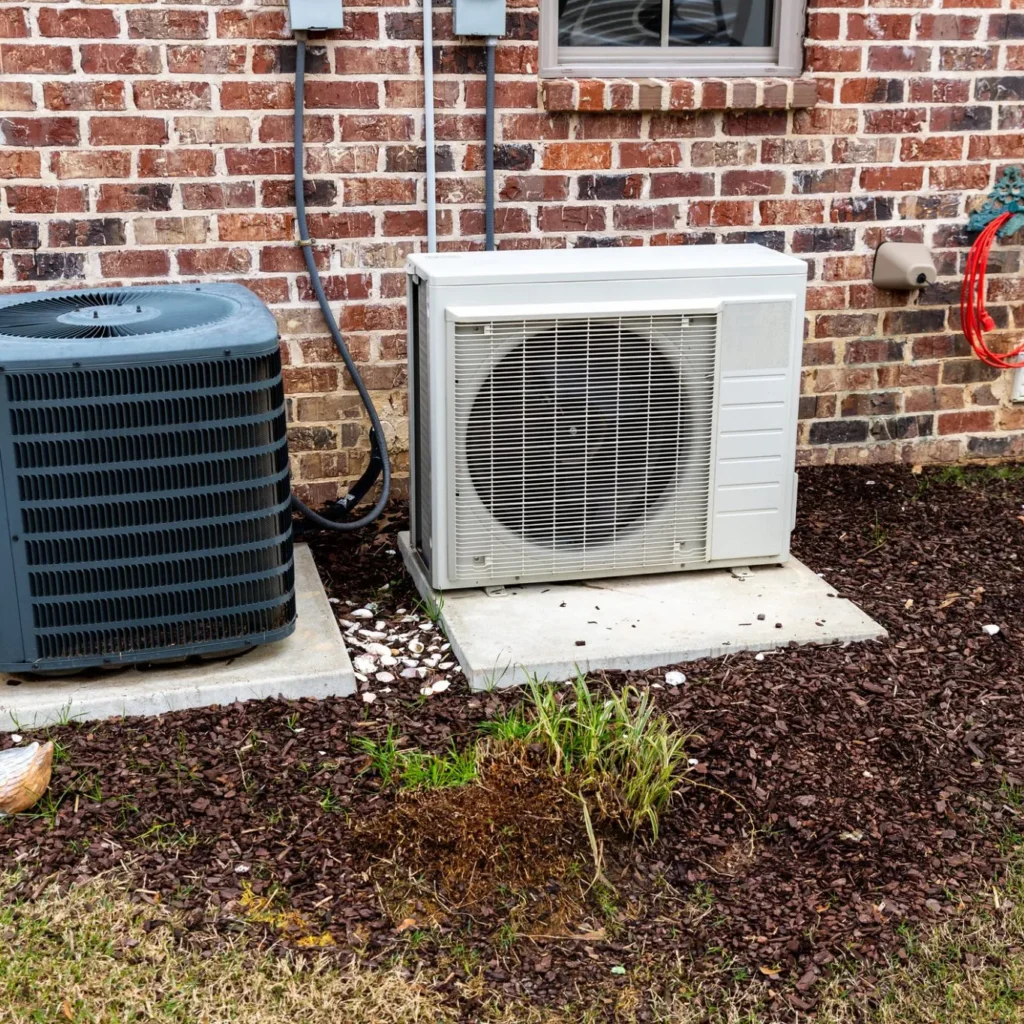
One of the most critical principles in HVAC-friendly gardening is maintaining proper clearance around the outdoor unit.
Key Guidelines:
- Maintain 2–3 feet of space on all sides of the unit.
- Leave 4–6 feet of vertical clearance above it.
- Keep a minimum 5-foot radius free of dense plantings.
Layout Tip:
Design a circular or square buffer zone around the unit using gravel, pavers, or mulch. This not only ensures airflow but creates a neat, low-maintenance base. You can surround this zone with low-profile garden beds, adding color and texture without crowding the system.
Bonus:
Include a stepping-stone path to the unit for easy technician access without trampling garden beds.
2. L-Shaped Planting Layout
This layout uses an L-shaped arrangement of plants or garden features around two sides of the HVAC unit—ideal for corner installations.
Benefits:
- Masks the HVAC unit from main viewing angles.
- Allows airflow on the other two sides for proper ventilation.
- Provides easy access from the open sides.
Best Plants to Use:
- Dwarf grasses
- Boxwood
- Coneflowers
- Compact lavender varieties
Be sure the height of your plants never exceeds the height of the unit and leave enough room for airflow and maintenance.
3. Raised Planter Layout
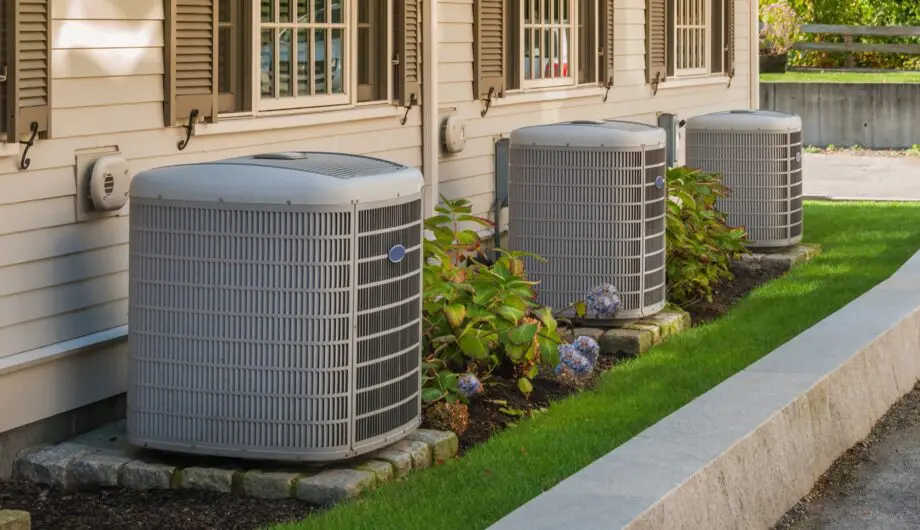
A raised bed garden layout offers a stylish and functional way to control plant growth and prevent encroachment on the HVAC unit.
Design Idea:
Position raised beds at least 3 feet away from your unit in a U- or H-shape configuration. Use non-invasive plants and herbs that won’t shed excessive leaves or debris.
Raised Beds Offer:
- Better soil control
- Limited root spread
- Easier maintenance
- Flexible spacing and access
This layout works especially well for herb gardens, pollinator patches, or small perennial displays.
4. Decorative Screening Layout
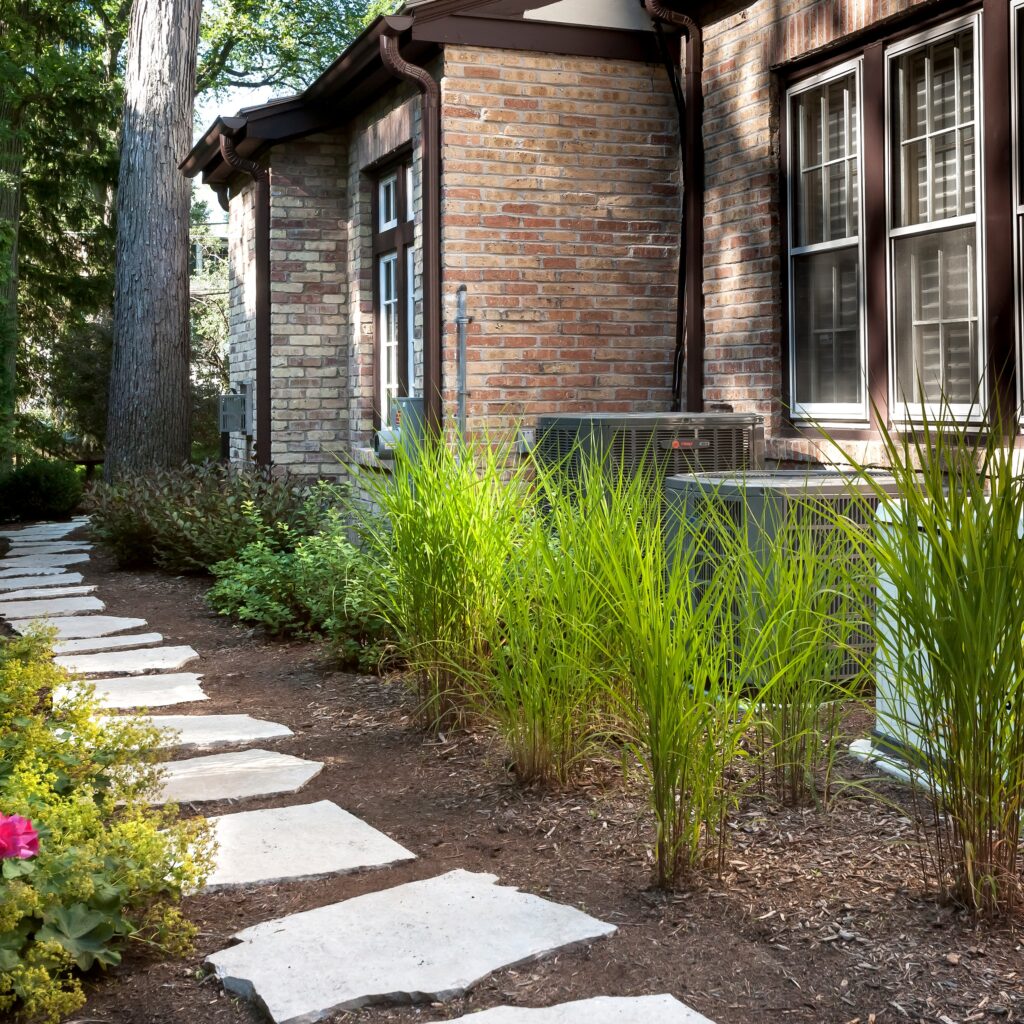
If you’d prefer to hide your HVAC unit without sacrificing airflow, a decorative screen layout is your solution.
Use:
- Lattice panels
- Wooden slat fences
- Metal or composite screens
Design Tips:
- Place screens no closer than 2–3 feet from the unit.
- Incorporate removable panels or swing gates for technician access.
- Train climbing plants like clematis or jasmine on screens (but keep vines from directly wrapping around the HVAC unit).
This layout adds a stylish backdrop to your garden and preserves airflow while visually separating the unit from living areas.
5. Zoned Garden Layout with HVAC Buffer Zone
In this layout, your garden is divided into functional zones—with one zone serving as a buffer space around the HVAC unit.
How It Works:
- Create zones for relaxation, flower beds, vegetable gardens, and technical areas.
- The HVAC zone is treated with minimal plantings—gravel, paving, or artificial turf.
- Shrubs and trees are used in other zones, at safe distances from the unit.
This intentional design not only protects your HVAC unit but promotes organization and flow throughout the garden.
6. Vertical Garden Layout (Away from Unit)
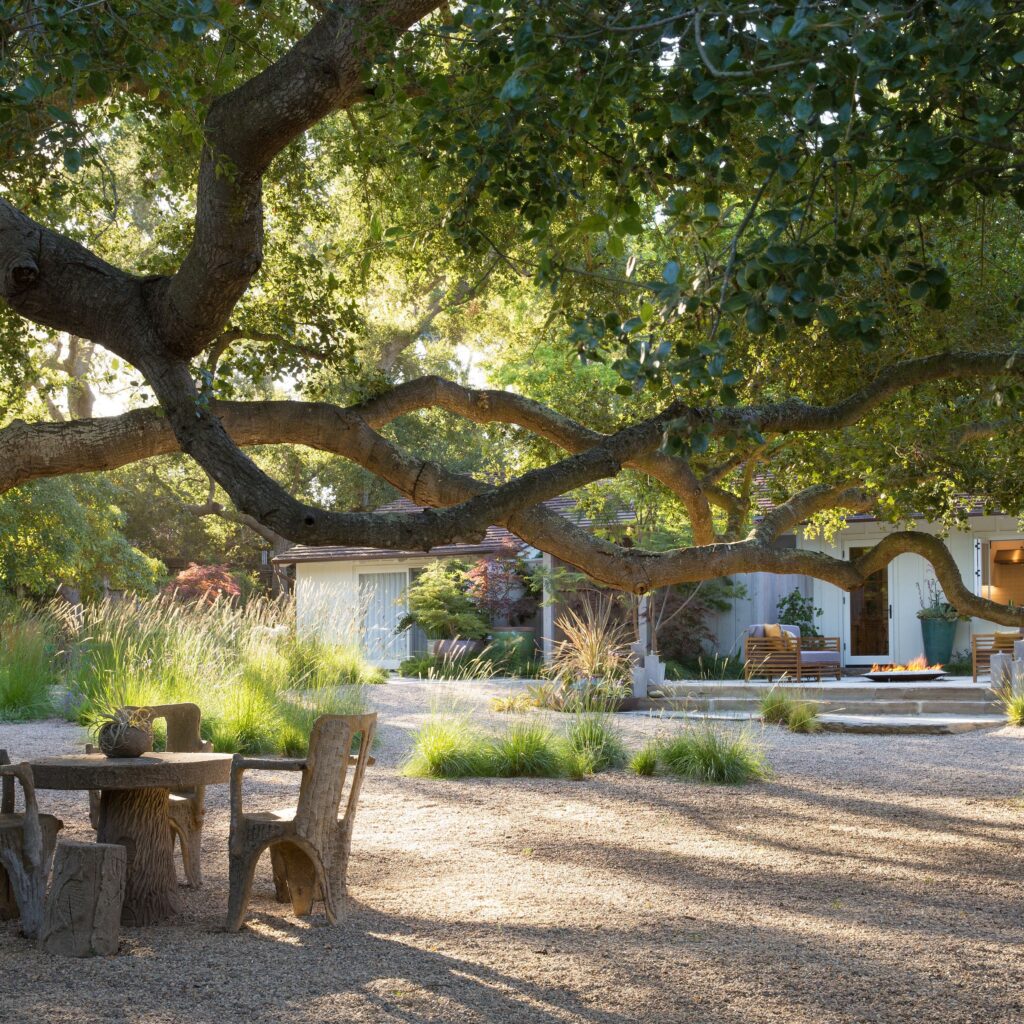
Vertical gardening is trending, and with careful placement, it can enhance your HVAC-friendly layout.
Placement Tips:
- Install vertical gardens on walls not facing or adjacent to the HVAC unit.
- Keep at least 5–6 feet of distance to avoid affecting air circulation.
- Choose vertical structures that allow air to move freely around your yard.
Use these green walls to grow ferns, succulents, or even salad greens while reserving ground-level space near your HVAC system for low-growth plants or pathways.
7. Courtyard or Patio Layout with HVAC Integration
If your HVAC unit is located in or near a patio or courtyard, consider a layout that integrates it into the hardscape without compromising airflow.
Layout Elements:
- Enclose the HVAC in a ventilated utility closet or slatted wood cabinet.
- Use paver patios or decorative concrete to define seating areas while maintaining open space around the unit.
- Add planters at strategic corners to soften the appearance without crowding.
This layout works beautifully in modern or urban garden settings where space is limited but style matters.
8. Perimeter Bed Layout
Place the HVAC unit at the center of a garden border, with a perimeter bed extending along the fence or wall line.
Layout Design:
- HVAC sits within a gravel base or open mulch space.
- Border beds run along the outer edge of the yard, filled with taller shrubs, flowers, and privacy plants.
- Keep the center zone open, allowing full airflow around the unit.
This style gives the appearance of a fully planted garden while ensuring your HVAC unit has its own breathable zone.
9. Gravel Garden or Zen-Inspired Layout
For a low-maintenance, modern solution, consider a gravel garden layout inspired by Japanese or desert landscaping.
Features:
- HVAC unit placed on a clean, open gravel base.
- Surrounding elements include boulders, succulents, ornamental grasses, and minimalist planters.
- Minimal clutter or overgrowth, ensuring maximum airflow.
This type of layout promotes a clean look and is ideal for hot, dry climates where drought-tolerant plants thrive—and HVAC systems work hardest.
Planting Do’s and Don’ts for HVAC Gardens
Do:
- Choose low-growing, non-invasive plants.
- Use mulch or gravel to suppress weeds and prevent soil splash into the unit.
- Place potted plants strategically around the unit—easy to move if needed.
- Keep access paths clear for maintenance and airflow.
Don’t:
- Use plants that shed leaves, sap, or seeds near the unit.
- Place trees or dense hedges within 5–10 feet of the unit.
- Install fencing or hardscapes too close to the condenser.
- Overwater or plant directly into the HVAC unit’s drainage area.
Long-Term Maintenance Tips
Even with the best HVAC-friendly layout, ongoing maintenance is essential:
- Trim plants regularly to prevent overgrowth.
- Remove debris from the unit and surrounding area seasonally.
- Inspect airflow paths after every planting season.
- Schedule HVAC servicing at least twice a year to ensure efficiency.
By incorporating gardening and HVAC maintenance into your annual care plan, your garden will look good and support optimal system function for years to come.
Conclusion: A Breathable Garden for a Healthier Home
A well-designed garden should enhance—not hinder—your home’s mechanical systems. With the right layouts, you can build a beautiful outdoor space that not only reflects your style but also respects the technical needs of your HVAC setup.
From smart clearance zones to decorative screens and raised beds, HVAC-friendly gardening is about finding the perfect balance between nature and necessity. Prioritize airflow, plan with intention, and maintain with care—and you’ll enjoy a garden that helps your home breathe easy all year long.

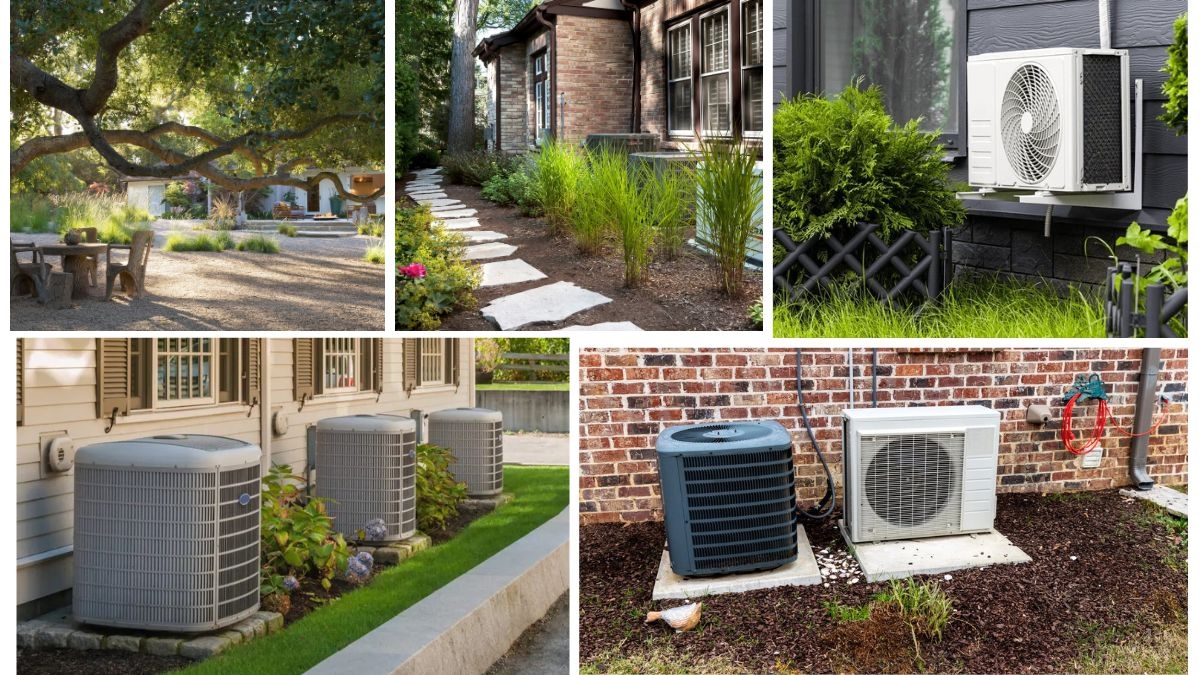



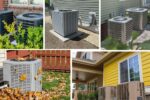
Leave A Comment